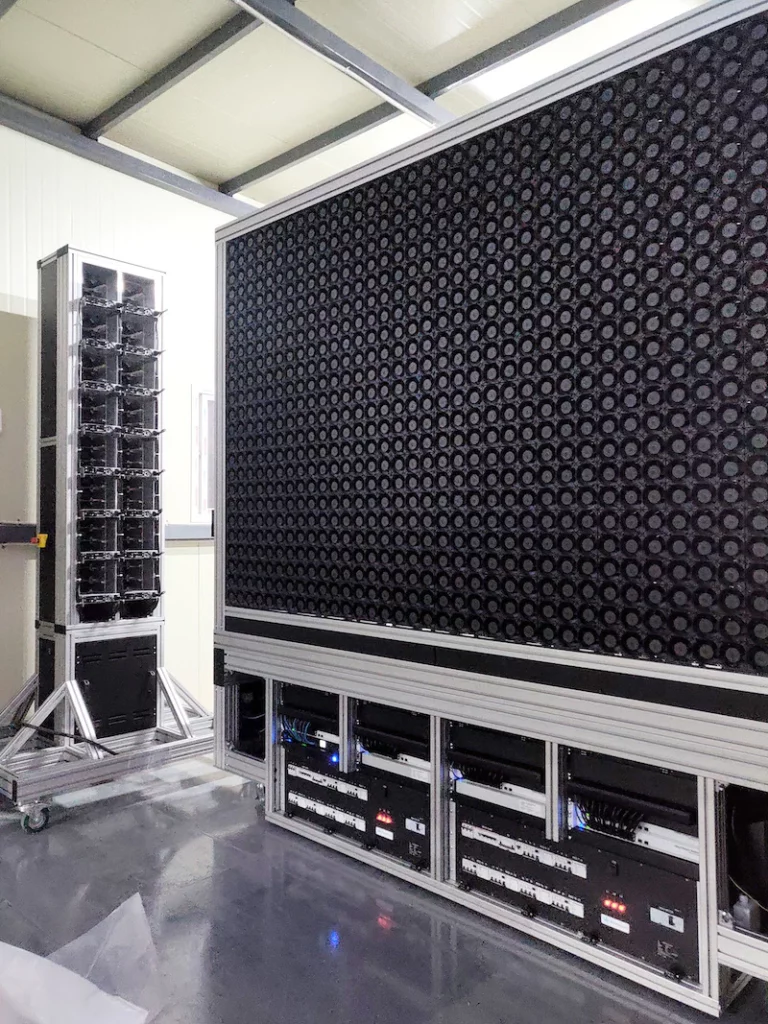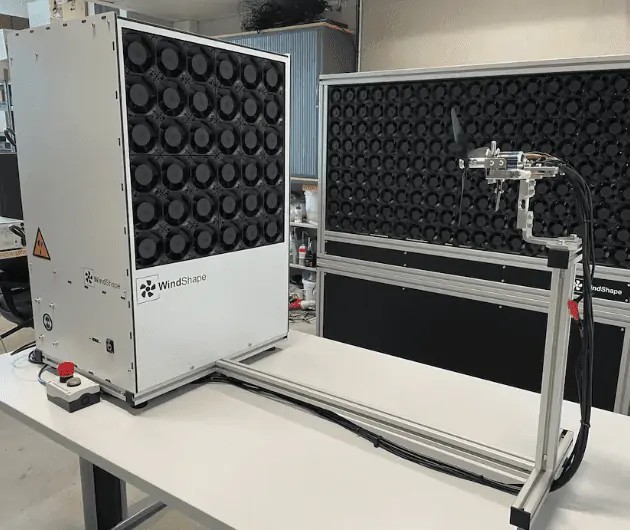Tyto Robotics outline the benefits of drone testing with windshapers and discuss the free webinar on this topic being hosted on Wednesday, October 5th at 11am EDT.
Drone performance is determined by many factors that can be adjusted at all stages of the design process. The sooner you begin testing, the sooner you can start optimizing.
Windshapers are a key piece of technology in this process, from early conception to full-scale testing. They are a highly modular, open alternative to traditional wind tunnels, and are relatively affordable by comparison.
To learn more, join us for our free webinar on Wednesday, October 5th at 11am EDT : Register Now.
Here are just a few of the ways that Windshapers can be used to improve drone performance:
Airframe Evaluation
As with regular wind tunnels, airframes can be mounted in front of a Windshaper and the surrounding air flow can be visualized using smoke, vapor or a fluid visualization system. This allows you to see how your airframe interacts with the air flow in various conditions, so you can make modifications as needed.
Propeller Wind Tunnel Testing
Similarly, propellers can be tested using a combination of a Windshaper and a propeller test stand. The test stand can measure the propeller’s thrust and efficiency while the Windshaper subjects the propeller to different wind conditions.
Icing Tests
By adding moisture to your test area, you can recreate icing conditions and observe the build-up of ice on your aircraft. You can study the aircraft as a whole to observe how handling and performance are affected, or connect your propellers to a test stand to see how ice accumulation affects thrust and efficiency. The National Research Council of Canada (NRC) did just this in 2019 and released a report on drone propeller icing at high RPM. Read it here.
Improve Aircraft Resistance to Adverse Conditions
Since each fan in a Winshaper can be controlled individually, it is easy to simulate wind conditions such as turbulence, gusts, ground effect, flying around objects, and more. Testing in these conditions can help you determine if your drone is equipped to fly it’s intended mission before risking its safety in the field.
Improve flight control by operators
Just as Windshapers can help you improve your drone’s performance, it can also help to improve operator performance. Windshapers provide a controllable and safe environment to perform tests, with a reduced risk of harming the drone or anyone in the environment (when proper safety protocols are followed). That way operators can refine their skills and increase the efficiency of their missions.
To learn how you can take advantage of this technology and improve your drone’s performance, join us for our free webinar on Wednesday, October 5th at 11am EDT – Register Now.












